
The use of technology is commonplace in contemporary artists. More and more we see artists venturing into non-traditional ways of art making, being “new technologies” – namely digital imaging and video, – the most generalized practices. Wendy Wischer is an artist whose work is often based in the use of technology. However, while most of the artists are using it to comment on its relation to the human condition, Wendy has turned her attention towards Nature. How Nature and Technology come together in Wischer’s works is the result of her reversal thinking: For her, it is just a medium to “highlight” Nature. Furthermore, the technological aspect in her work has nothing to do with the creative, or production process, but with the aesthetic results of her exhibitions.
Her consistent and dramatic use of light – both as a medium and as a message – allows her to freely experiment with the results. Sometimes the light is projected, sometimes it’s reflected, but the subject matter remains unaltered: Going back to Nature no matter what. She has gradually evolved from using natural materials – like in He loves me not from 2004, in which she used a pile of flower petals following the popular game – to a more unique way of presenting her ideas through the use of non-traditional materials. She was among the few artist invited to produce a special project for Scope Art Fair 2007. Her exhibition for this project, In Search of Magic is on view at the Freedom Tower in Downtown Miami.
In Search of Magic was first exhibited at the Miami Dade College Gallery System, but now it re-appeared incorporating new subjects from Night Air, her previous solo show at David Castillo Gallery. Wendy manages to fill up large spaces with only few individual pieces by compensating the emptiness with her effective use of light. Most of her work is conceived to be seen in partial darkness, while she keeps appealing to the nighttime as a time for calm and “reflection”. The exhibition features five sculptures that resemble natural elements – such as trees and rocks – covered by thousands of little mirror pieces. Direct light comes down on them and gets de-constructed in thousands of reflections creating a unique atmosphere, a sort of glowing aura – magical if you like – throughout the whole exhibition space.
One of the pieces in this exhibition, Angels and Ancestors III stands out from the rest. It seems to represent a Baobab tree, also known as the “Tree of Life”. The Baobab tree, among other magical properties, is considered as a protector, and is usually related to ancestors’ rituals. Like Antoine de Saint-Exupéry’s Little Prince, this is perhaps Wendy’s way of condensing all meanings and references behind the tree as a mythology.
Wendy is aware that magic has disappeared from our contemporary world long time ago. With her work, she succeeds in creating that much needed magical environment. Upon entering the room magic comes to life and one feels like trespassing to another dimension, a peaceful one, but sense exalting at the same time. The installations produce a mesmerizing effect on the viewer, where lights emanate from the different neo-natural elements like in an enchanted forest in the midst of an ebullient city, a luminous experience that invite us to look around with a different eye.
Enlighten, from 2000, uses the gobo pattern and glass marbles. Under direct light, the arrangement of those elements takes the shape and spirit of a constellation. Another piece from this series, My dream of you, Jupiter and Ceres, from 2003, reinforces the idea of her observation of the cosmos as a source of inspiration.
{mospagebreak}
Even the seating that she designs for these installations – a bright light against a dark background – mimics the sky in a clear night, when all constellations become visible. The intricacy of her “drawing” with the marbles makes us reminisce a delicate Victorian piece of lace. Coming to me in waves, from 2006, also creates a similar image, like a white collar made of tatting.
Another light installation, Feeling Blue, from 2004, re-takes the spiral structure – a recurrent natural shape in her works – in a sort of luminous blue made with clusters of marbles over a dark background. The simplicity of the form reinforces the striking visual effect. Upon close examination the glass marble looks like water beads, similar to a splash caught in a different material. Wendy Wischer has consistently worked on several medias, including sculpture, installations, photography, and video; but without a doubt, her installation works are the most impacting. A significant one, probably her best-known given its public nature, is Full to wailing and back again from 2002. This piece was intended to be projected against a public building, showing the image of the changing moon phases during a complete cycle of 28 days, concurrently with the lunar cycle.
Again, her use of technology is dissociated from representation, and only participates in the work at a conceptual level. It serves to bring the “moon relevance” back to a society apparently consumed by technology. The moon as a symbol, becomes an element of transformation, a visual remainder of the perpetual changes we as a civilization continuously go through.
A Wisconsin native, Wendy received her BFA in 1993 from the University of Winscosin, Madison; and her MFA from the Florida State University. She has been the recipient of many fellowships and awards, among those we can mention the Artist Grant from the Pollock-Krasner Foundation; and the Alberta Prize for Visual Art, from the Alberta DuPont Bonsal Foundation. She has also received awards such as the Artist Enhancement Grant from the State of Florida Division of Cultural Affairs; the Artist Enhancement Grant from Tigertail Productions; and the New Forms Grants from the Miami-Dade Division of Cultural Affairs. Her work is part of many public and private collections, including the Miami Art Museum and the Art Bank of Art in Public Places.
Miami has seen Wendy Wischer grow as an artist through her many memorable exhibitions. Not short of resources, she also teaches Sculpture at the New World School of the Arts.
By Irina Leyva

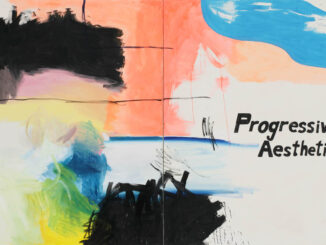
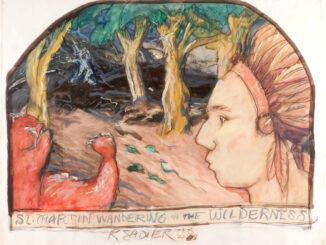
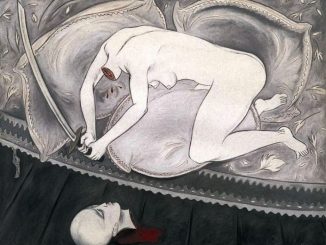
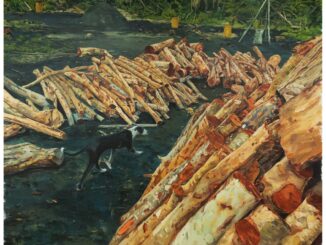
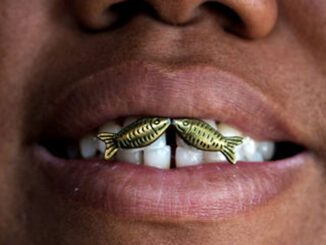
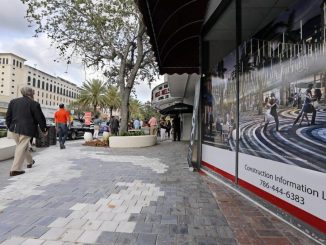
Be the first to comment